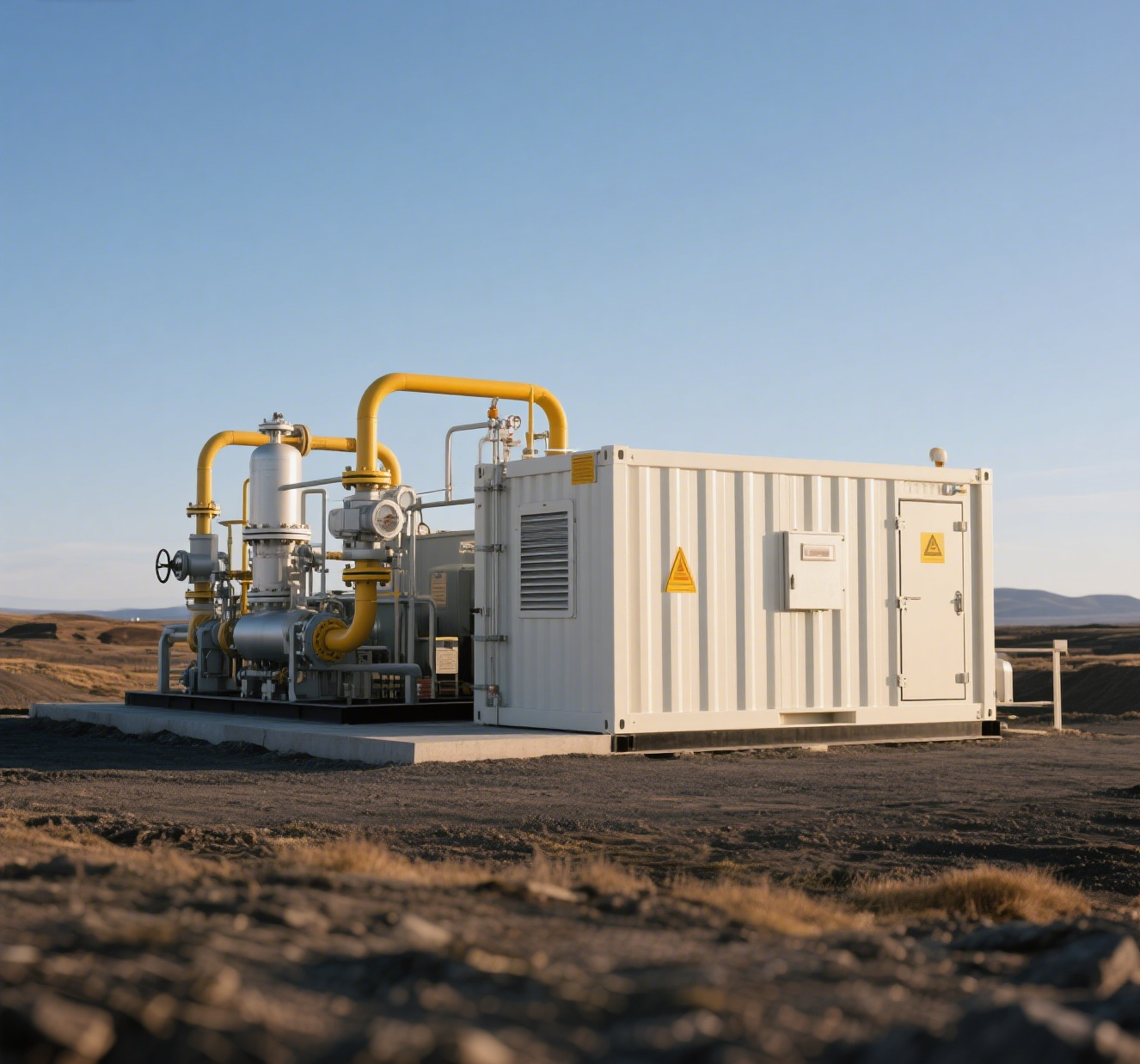Technological Foundations of Natural Gas Liquefaction Units
Natural gas liquefaction units combine cryogenic engineering with modular system design to achieve scalable energy solutions. These systems prioritize process efficiency while maintaining structural integrity for extreme temperature operations (-162°C), integrating standardized components with site-specific adaptations for operational flexibility.
Core Components in Modular System Design
- Cryogenic heat exchangers: Controlled heat transfer during gas chilling
- Turboexpanders: Convert pressure energy into mechanical refrigeration
- Multi-stream separators: Remove residual hydrocarbons post-liquefaction
- Pre-treatment skids: Acid gas removal and dehydration
Modular configurations reduce deployment footprints by 40-60% compared to traditional plants while maintaining throughput capacities up to 0.5 MTPA. System redundancy is achieved through parallel processing trains.
Pre-cooling and Liquefaction Sequence Optimization
A three-stage cooling protocol minimizes energy use:
- Ambient to -30°C: Propane pre-cooling
- -30°C to -90°C: Ethylene/methane chilling
- -90°C to -162°C: Nitrogen expanders complete liquefaction
Advanced control systems adjust refrigerant compositions based on feed gas quality, improving energy efficiency by 18-22%. Thermal stress management prevents micro-fractures in aluminum heat exchangers during load fluctuations.
Small-Scale LNG Solutions for Island Energy Networks
Small-scale LNG systems provide cleaner alternatives to diesel-dependent infrastructure in isolated regions. Modular designs allow phased capacity expansions for island grids balancing seasonal demand and renewable integration.
Philippine Island Chain Deployment Case Study
A 2024 LNG infrastructure report documented:
- 30% lower energy costs versus diesel generators
- 45 MW continuous power output
- 78% reduction in particulate emissions
Prefabricated components enabled rapid deployment despite limited port infrastructure, as detailed in industry analysis.
Arctic Mining Operations
Containerized LNG units in Arctic mining achieved:
- 40% lower fuel logistics costs versus diesel
- Uninterrupted operations at -50°C
- <0.25% methane slip (meeting IMO 2030 targets)
Market Evolution of Modular LNG Terminals
22.8% CAGR Projection for Offshore Units (2023-2030)
Offshore liquefaction units are growing rapidly due to decentralized energy demand and stranded gas monetization. They now represent 38% of new projects, with standardized designs reducing CAPEX by 40-55%.
Standardization vs Customization Tradeoffs
Leading providers use hybrid approaches (70% standardized, 30% customizable) to balance scalability with site-specific requirements.
Cost-Efficient LNG Project Implementation Strategies
Maintenance Considerations
Modular plants show:
- 40% higher maintenance frequency due to transport wear
- 25% faster repairs with standardized parts
- 18% lower 15-year upkeep costs
Mitigation strategies include predictive sensors and regional service hubs for rapid response.
Gas Recovery Integration in Remote Units
Associated Petroleum Gas Utilization
Compact processing skids enable:
- 70-85% APG utilization from oil extraction
- 1.2 million ton annual CO₂ reduction per facility
- 740 GWh auxiliary power generation
Flare Gas Monetization
Containerized solutions convert 92-97% of flare gas into pipeline-quality methane, with payback under 3 years. Middle Eastern hubs successfully integrate these with hydrogen reforming plants.
The 2024 Flare Gas Recovery Market Analysis shows 40% faster deployment versus traditional systems.
FAQ
What are the main components of a natural gas liquefaction unit?
The main components include cryogenic heat exchangers, turboexpanders, multi-stream separators, and pre-treatment skids. These components work together to efficiently liquefy natural gas.
How do modular LNG systems benefit isolated regions?
Modular LNG systems offer cleaner alternatives to diesel, enabling phased expansions for island grids, and they balance seasonal demand with renewable integration.
Why is there a growing trend for offshore LNG units?
Offshore LNG units meet decentralized energy demand and stranded gas monetization, with growth driven by significant cost reductions and rapid deployment capabilities.
What are the benefits of containerized LNG systems?
Containerized LNG systems offer superior mobility with 8-10 reuses, faster commissioning, and are especially adaptable for temporary installations.

